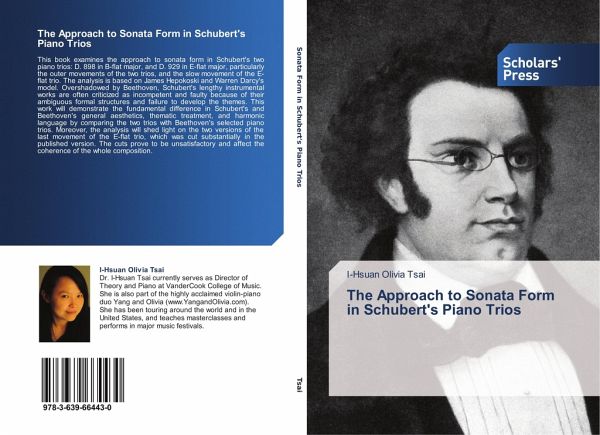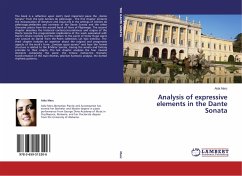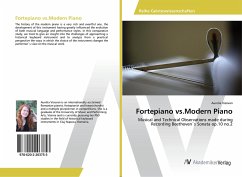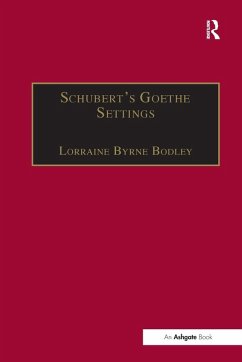
The Approach to Sonata Form in Schubert's Piano Trios
Versandkostenfrei!
Versandfertig in 6-10 Tagen
40,99 €
inkl. MwSt.

PAYBACK Punkte
20 °P sammeln!
This book examines the approach to sonata form in Schubert's two piano trios: D. 898 in B-flat major, and D. 929 in E-flat major, particularly the outer movements of the two trios, and the slow movement of the E-flat trio. The analysis is based on James Hepokoski and Warren Darcy's model. Overshadowed by Beethoven, Schubert's lengthy instrumental works are often criticized as incompetent and faulty because of their ambiguous formal structures and failure to develop the themes. This work will demonstrate the fundamental difference in Schubert's and Beethoven's general aesthetics, thematic treat...
This book examines the approach to sonata form in Schubert's two piano trios: D. 898 in B-flat major, and D. 929 in E-flat major, particularly the outer movements of the two trios, and the slow movement of the E-flat trio. The analysis is based on James Hepokoski and Warren Darcy's model. Overshadowed by Beethoven, Schubert's lengthy instrumental works are often criticized as incompetent and faulty because of their ambiguous formal structures and failure to develop the themes. This work will demonstrate the fundamental difference in Schubert's and Beethoven's general aesthetics, thematic treatment, and harmonic language by comparing the two trios with Beethoven's selected piano trios. Moreover, the analysis will shed light on the two versions of the last movement of the E-flat trio, which was cut substantially in the published version. The cuts prove to be unsatisfactory and affect the coherence of the whole composition.












